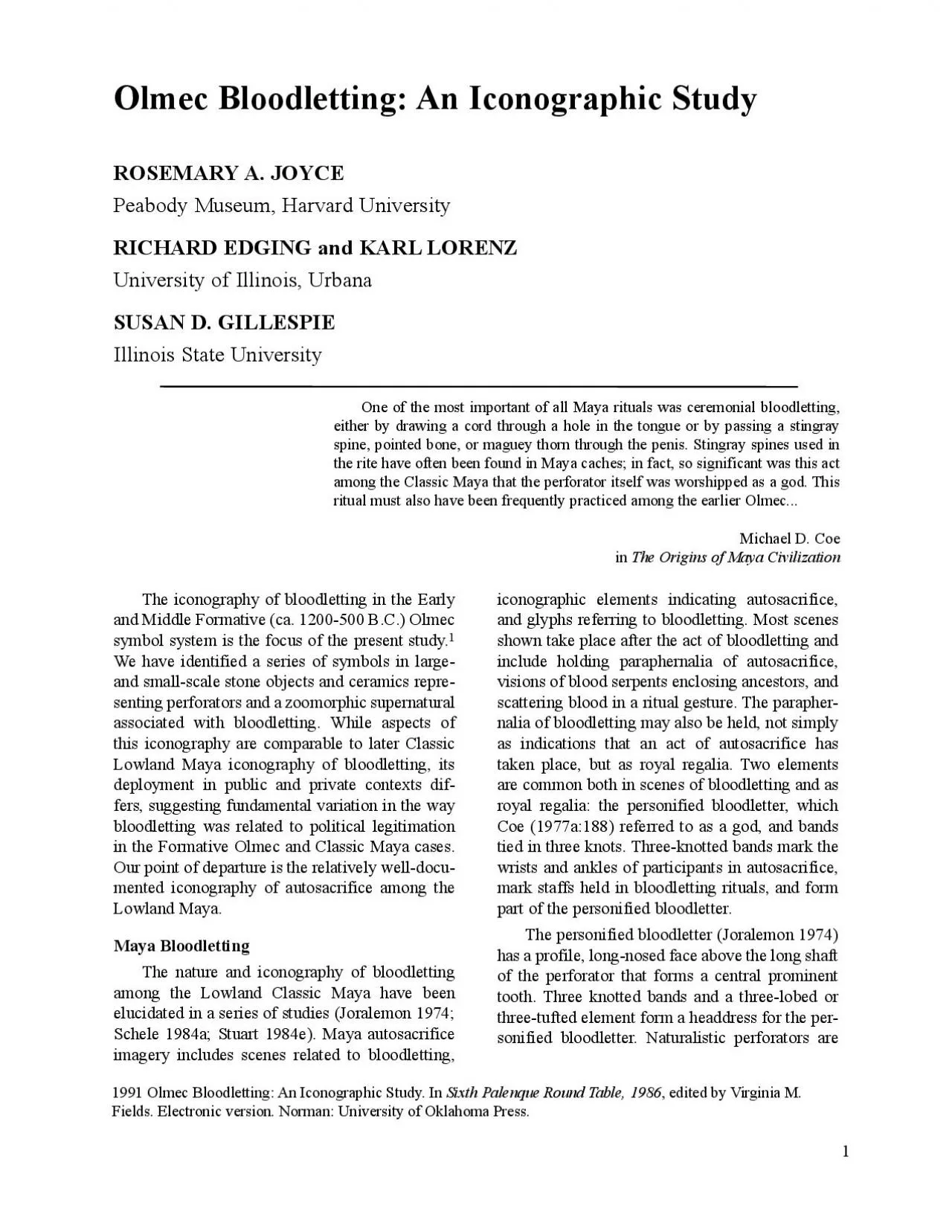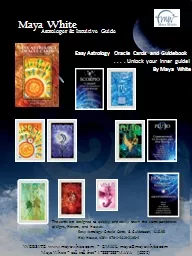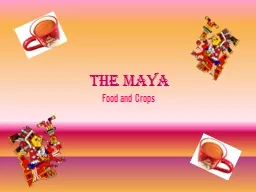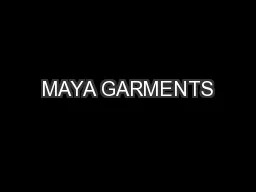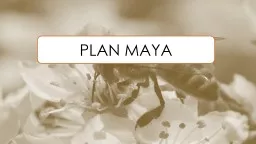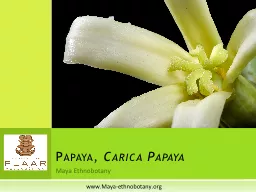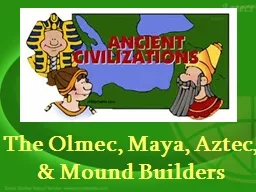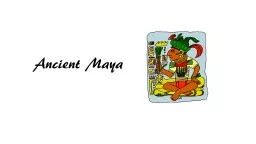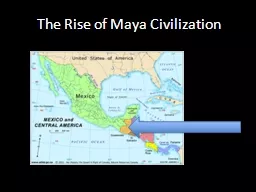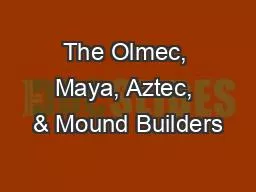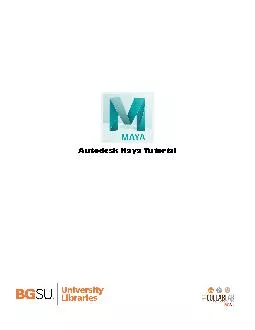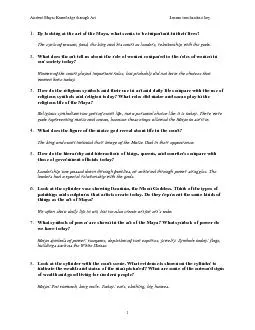PDF-Lowland Maya
Author : edolie | Published Date : 2021-09-23
Maya BloodlettingThe nature and iconography of bloodletting among the Lowland Classic Maya have been elucidated in a series of studies Joralemon 1974 Schele 1984a
Presentation Embed Code
Download Presentation
Download Presentation The PPT/PDF document "Lowland Maya" is the property of its rightful owner. Permission is granted to download and print the materials on this website for personal, non-commercial use only, and to display it on your personal computer provided you do not modify the materials and that you retain all copyright notices contained in the materials. By downloading content from our website, you accept the terms of this agreement.
Lowland Maya: Transcript
Download Rules Of Document
"Lowland Maya"The content belongs to its owner. You may download and print it for personal use, without modification, and keep all copyright notices. By downloading, you agree to these terms.
Related Documents

